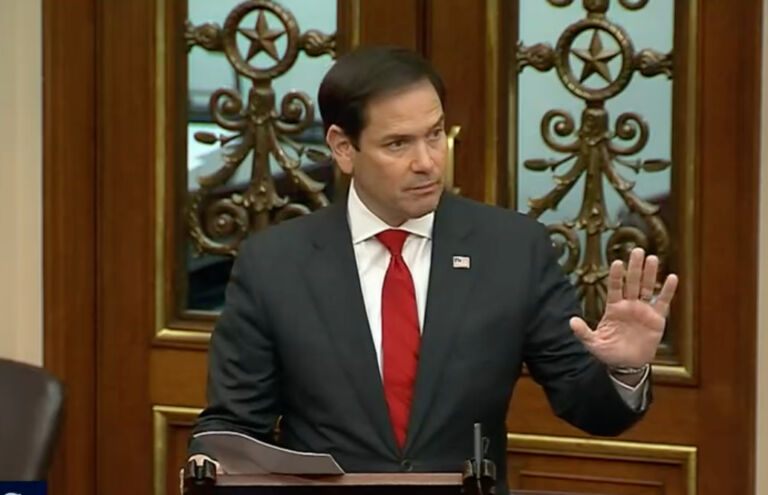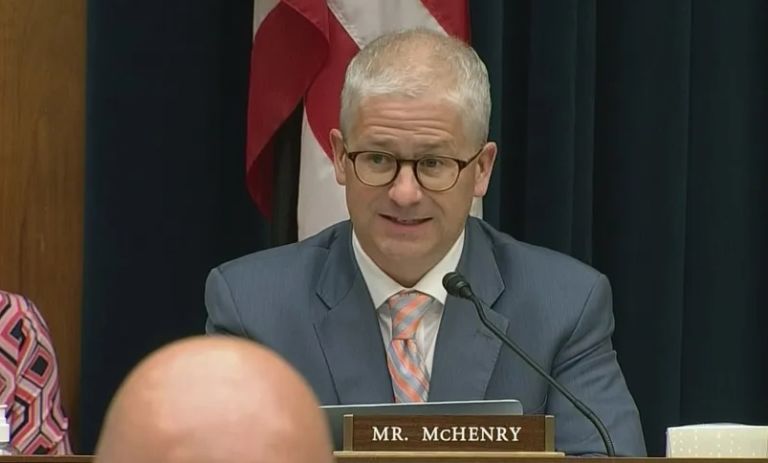The Washington Free Beacon looks into the much-anticipated U.S. House rules package.
The House of Representatives on Monday evening passed a much-discussed rules package, which was the subject of extensive negotiation between House Speaker Kevin McCarthy (R., Calif.) and the GOP holdouts who eventually helped to elevate him.
But which of these rules will matter in practice? Which are merely symbolic? Below, a guide to the new House rules package and what you really need to know. …
… Background: Any rule can be waived by the majority. So the rules are less of a binding requirement and more a reflection of the House majority at any given time, which can override them at will.
1. The motion to vacate: In theory, this rule change makes it easier for McCarthy’s detractors to challenge him by allowing a single member to call for a vote of no confidence in the speaker. McCarthy’s GOP challengers succeeded in extracting from him a concession to lower the threshold for calling such a vote from five members to just one. But any detractor would still need at least five members who want to get rid of McCarthy for a no-confidence vote to succeed.
In reality, this rule allows a small group of lawmakers to gum up the works and apply public pressure on McCarthy, but the threat is likely worse than the reality. Why? McCarthy’s right-wing challengers, who are the most likely to use it, would still need a majority of House lawmakers to succeed. That would almost certainly require them to team up with Democrats to remove McCarthy.
2. The Rules Committee seats: McCarthy ceded three out of nine seats on this key committee to the Freedom Caucus and its allies, handing the conservative faction of the GOP conference more power to decide which bills make it to the House floor for a vote. But the Freedom Caucus has shown it isn’t monolithic in opposing House leadership, and it includes strong McCarthy backers such as Reps. Jim Jordan (R., Ohio) and Marjorie Taylor Greene (R., Ga.).


